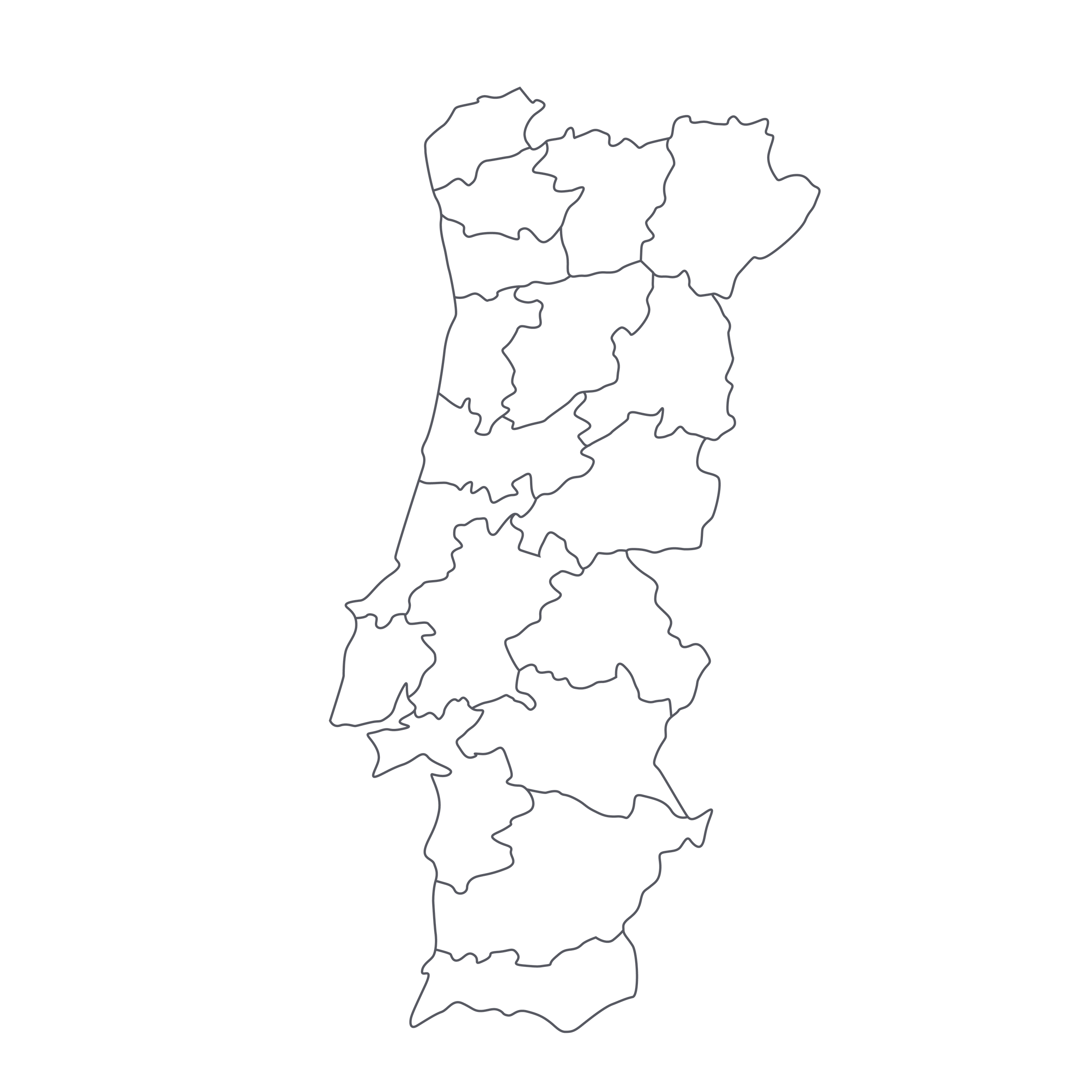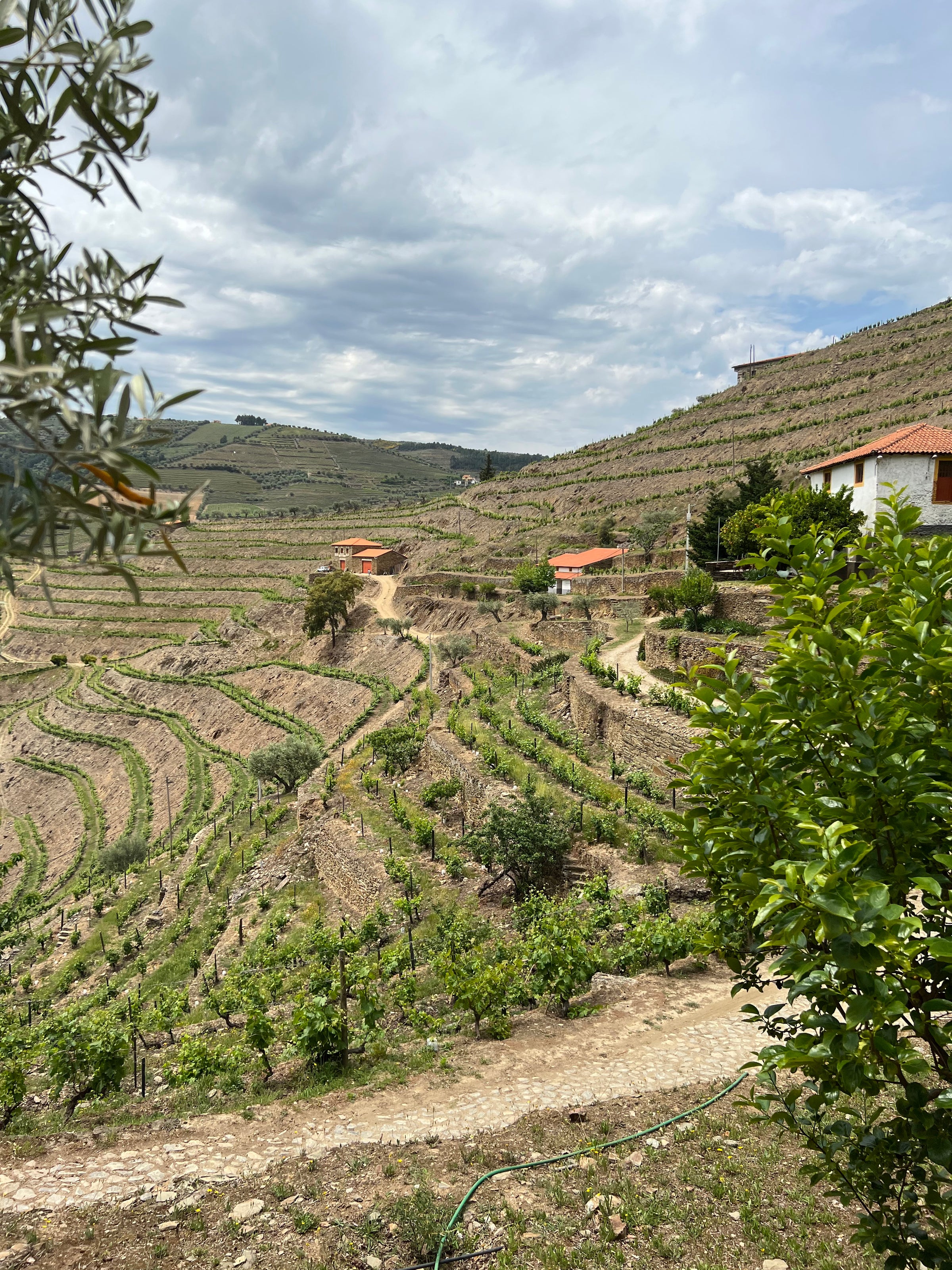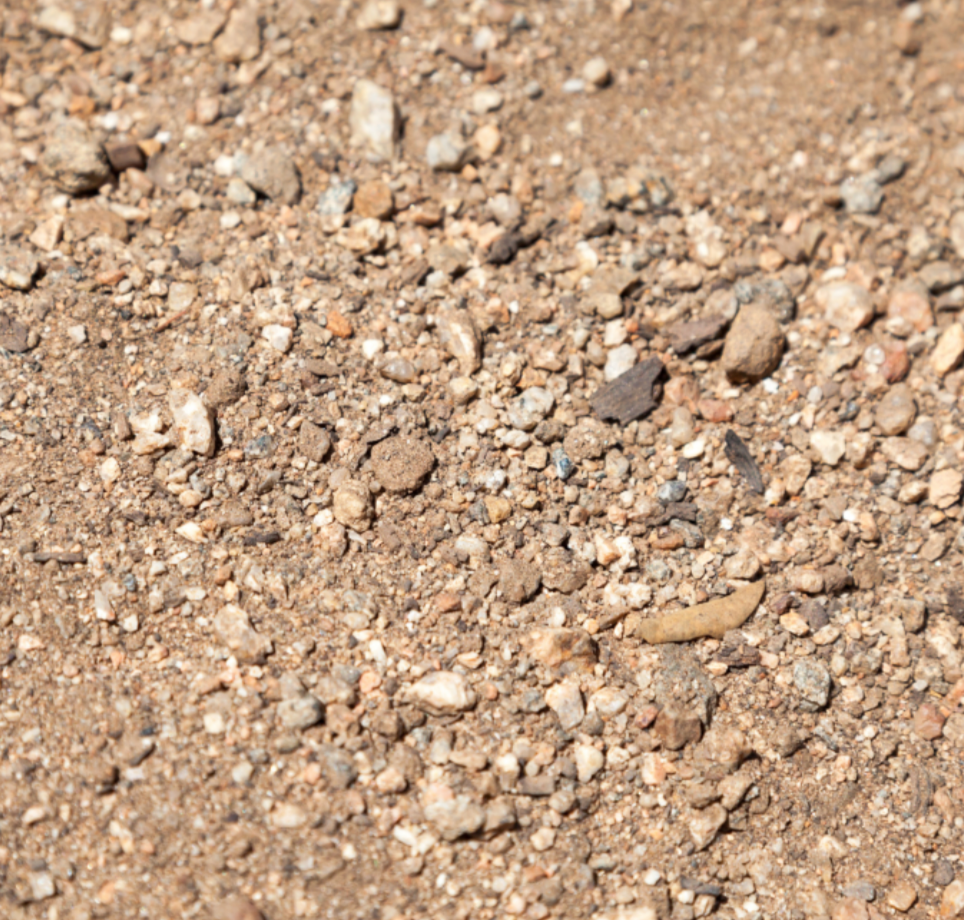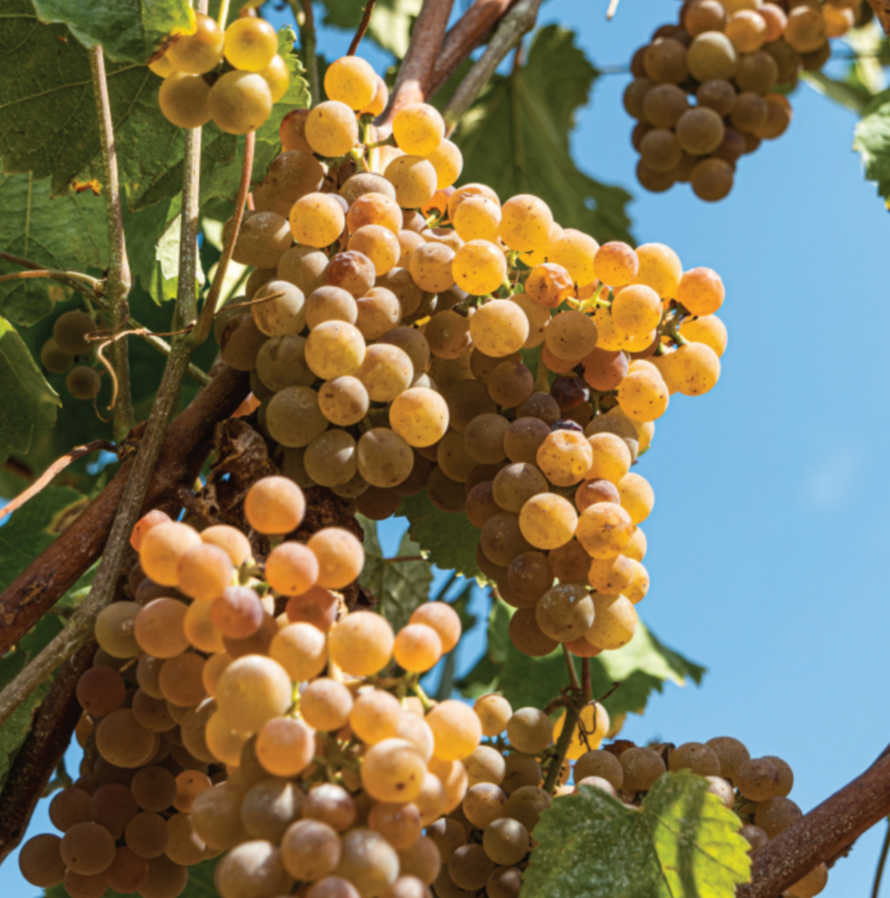Over the last few weeks, our offers have focused mostly on lighter, brighter styles of red wine, so today we’re going in a different direction—namely, the unapologetically bold, dark, and concentrated direction (let’s face it: some folks like big reds all year round, and we need to speak to that constituency).
Further, today’s red from upstart producer Valle de Passos is a prime example of the world-class—yet comically/tragically undervalued—dry red wine coming out of Portugal these days. Today’s 2014 isn’t merely ‘big’: It’s a serious, terroir-expressive red wine that would fetch a much higher price if anyone knew where (and how special) Trás-os-Montes is. Situated “beyond the mountains” in northernmost Portugal, with similarly granitic, schistous soils to those of the nearby Douro, this is a region to keep a close eye on: As in the remote, vertiginous river valleys in Galicia, just across the border in Spain, investment and talent is finding its way back to overlooked precincts like Trás-os-Montes—as exemplified by the mother-daughter team behind Valle de Passos. The result? Red wines far more structured, complete, and genuinely ‘noble’ than their prices would suggest. We’re seeing it time and again in Galicia, and now it’s Portugal’s turn: Jump on this!
The story of Valle de Passos, and the Trás-os-Montes appellation in general, is fairly straightforward: The vines, and the terroir are there; what’s been missing is the will (and the means) to do something special with them. Although the landscape varies as one climbs higher in altitude, Trás-os-Montes is “high country” walled off on virtually all sides by mountains—technically a ‘continental’ climate but one with substantial variations from north to south. Situated just north of the Douro River Valley—the world’s oldest ‘officially delimited’ wine appellation and the land of fortified Port wines—Trás-os-Montes is similarly crisscrossed by rivers and streams that cut through poor soils of granite and schist. The area of Valpacos, where Valle de Passos is located, has an ancient wine history: The region has one of the largest collections of granite lagars in the world—leftovers from the Roman era. The fresco on today’s wine’s label was designed as a tribute to this rich history.
Up until recently, Trás-os-Montes was dominated by cooperative wineries that vinified the produce of countless small member-growers. But over the last few years, private investment has surged and so, too, have the number of private produces, of which Valle de Passos is an example: After replanting and restructuring some 50 hectares of vineyards culled from family holdings, proprietors Carla Correia and Lurdes Brás released their first commercial wines in 2013.
This 2014 is effectively their debut in our market (part of an exciting Portuguese import portfolio assembled by New York-based NLC wines) and it knocked my socks off. Combining two of northern Portugal’s best-known red varieties—Touriga Nacional and Touriga Franca, two of the backbone grapes in most Port wines—with another local red, Tinta Amarela, it was fermented in stainless steel and aged half in stainless and half in French oak barrels for 18 months before bottling. The two “Tourigas” infuse the wine with firm, dusty tannins, which, along with its fresh acidity, keep the wine focused: It has great ripeness but is in no way syrupy, which for me is the downfall of many hot-climate reds.
In the glass, the 2014 Reserva Tinto is a dense, nearly opaque ruby-black moving to magenta at the rim, and the aromas are deep, dark, and heady: blackberry, mulberry, and black currant fruit melds with licorice, camphor, wild herbs, coffee grounds, bitter chocolate, and wet, turned earth. It is full-bodied, with a sinewy muscularity and a slightly sauvage note balanced by the delicate spice imparted by expensive wood (think Tarzan after he’s been domesticated and taken up residence in London). This will be a wine I gleefully pour ‘blind’ for friends and see what they come up with: Northern Rhône? Left Bank Bordeaux? Cahors? What I know for sure is that they’ll think it is delicious. Although I would not hesitate to lay some of this wine down for 5-7 years or more, I also enjoyed it immensely after it had a chance to breathe a goodly amount of air: If enjoying a bottle now, decant it an hour before serving at 60-65 degrees in Bordeaux stems. Something well-charred and fatty off the grill is the way to go with the pairing: This wine and brisket are a match made in heaven—I sincerely hope you give it a shot!





